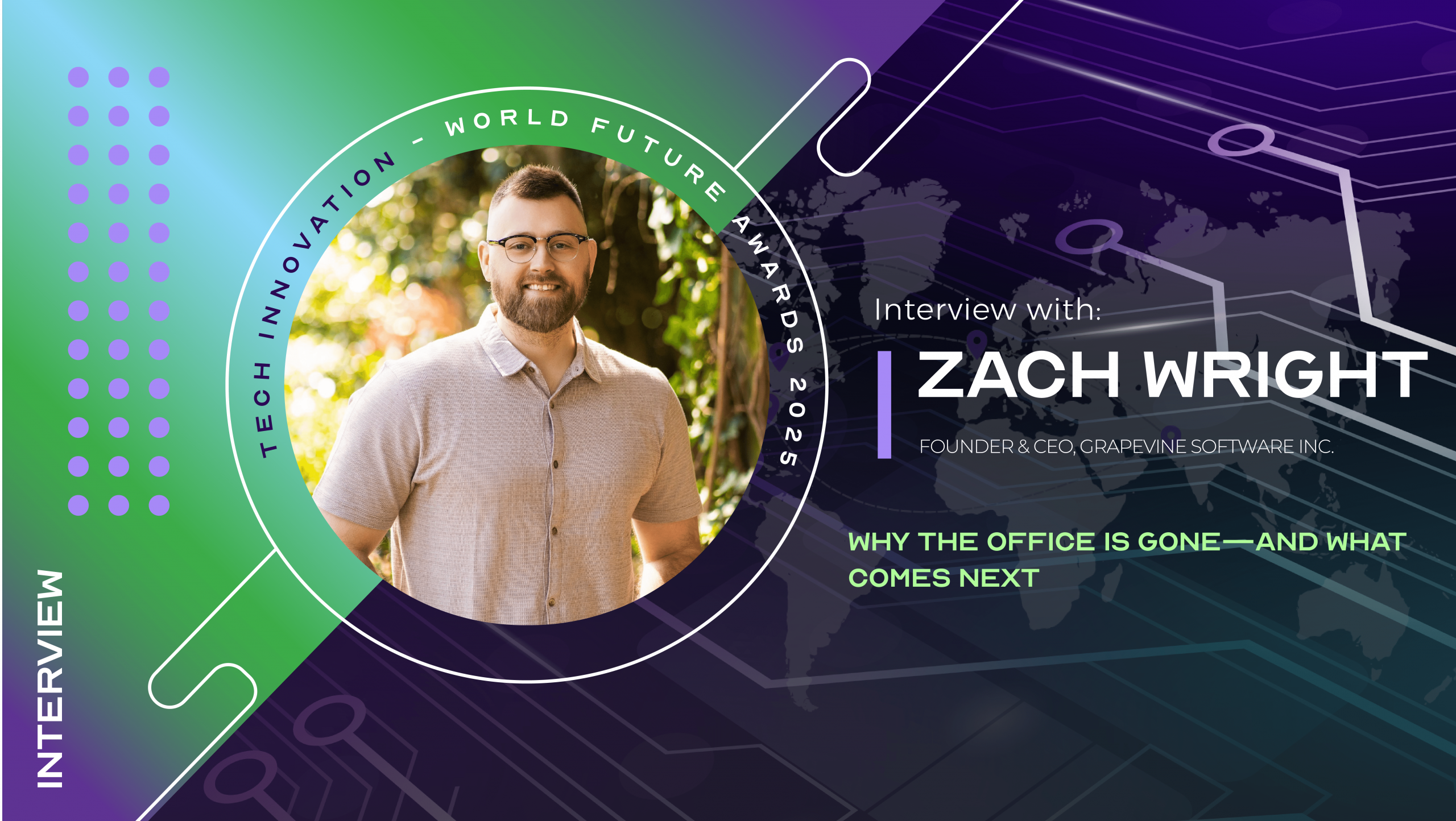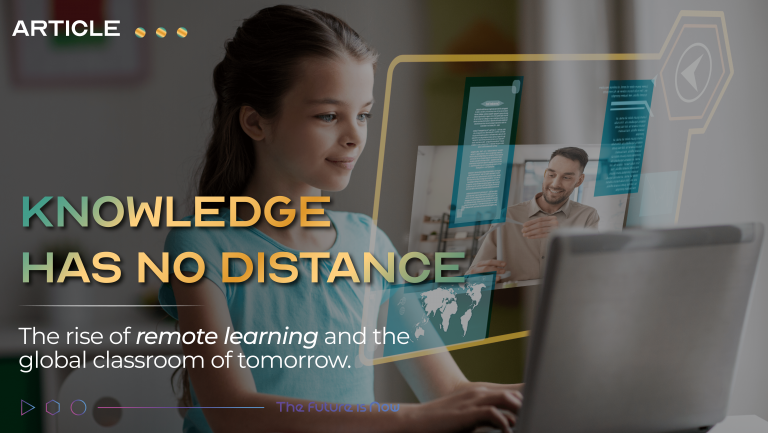
Exclusive Interview: Reimagining Leadership and Workflows with Zachary Wright
Zachary Wright is redefining the future of work by challenging the very foundations of how teams operate. As the founder of Grapevine, a Virtual HQ and soon-to-be Virtual Operating System for distributed teams, he’s creating systems that help organizations work smarter, stay aligned, and collaborate effortlessly across time zones. His mission is rooted in lived experience, from hands-on labor to high-level strategy, and driven by a relentless pursuit of one question: How do we make work actually work—for everyone?
With a background that spans factory floors, operating rooms, corporate boardrooms, and fully remote leadership, Zachary has seen firsthand the inefficiencies, misalignments, and cultural gaps that plague modern organizations. Now, he’s combining organizational psychology, operational strategy, and technology to design work systems that unite teams across time zones, streamline communication, and build a culture of alignment without borders.
Our interview will explore Zachary Wright’s vision for the future of work and leadership, including how distributed teams, asynchronous operations, and modern tools can transform productivity, collaboration, and organizational culture. We’ll also dive into his experiences building Grapevine and the lessons learned from rethinking how work truly works.
Questions:
WFA: If you could redesign the workplace from the ground up, what would it look like?
ZW: The workplace of the future revolves around a single digital hub—a virtual office platform where location and time zones no longer dictate alignment. Offices will still exist, but their purpose shifts: not as the default center of work, but as spaces for optional “onsites”—moments of connection, onboarding, or collaboration. The real center will be digital-first, designed for how global teams work today: async and sync, knowledge accessible on demand, and communication flowing in one trusted space.
WFA: You often say “the office as we knew it is gone.” What do leaders still misunderstand about this shift?
ZW: Many leaders still think in terms of proximity. But teams today aren’t just spread across states or coastlines—they’re working across continents, often with only 1–2 hours of overlap. The old office model simply doesn’t work in that reality. Leaders need to stop trying to retrofit a 9-to-5, single-time-zone system into a global workplace. Instead, they should design around async collaboration, self-serve knowledge, and systems that let teams progress without waiting on one another. Otherwise, they’ll lose not only productivity, but also their ability to attract and retain top talent.
WFA: What was the “aha” moment that inspired you to build Grapevine?
ZW: Two things stood out in my career. First, every department had its own tools, creating silos of knowledge. Teams wasted time searching for information—or came to me because I happened to know where it lived. Second, even in small remote companies, people didn’t know each other’s skills or past experience. Huge opportunities were being missed simply because the system didn’t make those connections visible. That’s when I realized we needed a single platform where people, communication, and collaboration all lived inside the actual flow of work—not scattered across apps.
WFA: How do you see AI shaping the future of distributed teams?
ZW: AI is overhyped in some ways, but its potential is real. The key is trust—accuracy, data training, and guidelines for use. I imagine every employee having an AI assistant that helps them do their job faster, more efficiently, and without burnout. But AI must be used carefully: as a tool to extend human creativity and leadership, not replace it. Leaders should focus on training people to use AI responsibly, while making sure it enhances—not diminishes—our cognitive abilities and human connections.
WFA: Many teams confuse “busyness” with progress. How can leaders create alignment without micromanaging?
ZW: Start with clarity. I recommend an internal audit: define the current state, the desired future, and the gaps in between. Then turn those gaps into goals and track them through frameworks like OKRs. The key is making goals the main character of the company’s story—woven into 1:1s, monthly check-ins, and all-hands. When employees co-create their goals, micromanagement fades, because they’re already invested. Alignment isn’t about constant oversight—it’s about focus and follow-through.
WFA: Grapevine emphasizes the “overlooked middle” and the “doers.” Why are they so critical?
ZW: The middle operators—Ops, Internal Comms, Chiefs of Staff—are the glue of organizations. When they do their jobs well, nobody notices. When they don’t, everyone feels it. In distributed environments, their role is more important than ever. Grapevine was designed with them in mind: to break through silos, surface their work, and give them the tools to make organizations run smoothly. Ultimately, they’re the ones who will decide whether the future of work moves forward—or reverts back.
WFA: Async work requires trust and clarity. What leadership shifts make it thrive?
ZW: The biggest shift is human. Leaders need to let go of the old “manager vs. employee” dynamic. Trust comes from knowing people—not just their output, but who they are. As leaders, we should bulldoze obstacles for our teams, not micromanage their steps. From there, clarity comes through shared goals, centralized resources, and reducing unnecessary meetings. Async isn’t about working less together—it’s about freeing people for deep work while staying aligned on the North Star.
WFA: Looking 10 years ahead, what’s your boldest prediction for work and leadership?
ZW: Work and life will fully blend—but in a positive way. Augmented reality, voice, and AI agents will allow us to work seamlessly anywhere, without screens or keyboards. Leadership will shift toward mentorship, critical thinking, and teaching people how to leverage these tools creatively. Grapevine will evolve with that future—moving from today’s 2D platform into voice- and agent-based systems where work flows as naturally as conversation.
Zachary Wright is helping to design the workplace of tomorrow: connected, flexible, and human at its core. For more on his journey, visit his LinkedIn profile.
MORE NEWS

The 2025 Tech Christmas List: 11 Gifts for Forward Thinkers

BitFuFu Named Among World Future Awards’ TOP 100 Next Generation Companies

Next Generation Companies 2025

The Future of Learning is Hybrid, Tech-Enhanced & Human-Centric – Interview with Dora Hrkac, WFA Board Member

Connected Futures: The Rise of Smart Homes

Driving Global Change Through Marketing Intelligence: An Interview with Tonia Maneta of Bizzdesign

Beyond Borders: The New Era of Remote Learning and Global Education Access
NEWSLETTER
Sign up to learn more about our project and to stay up to date.

